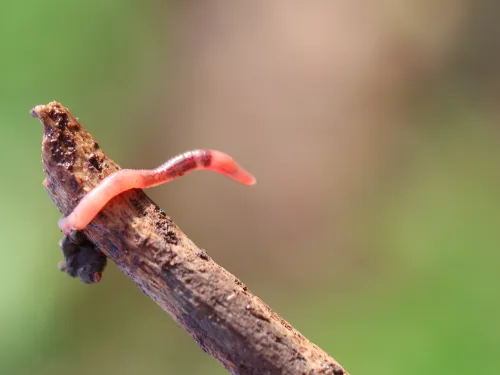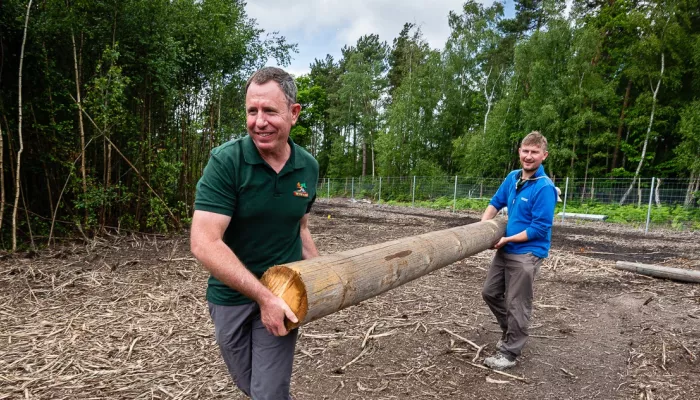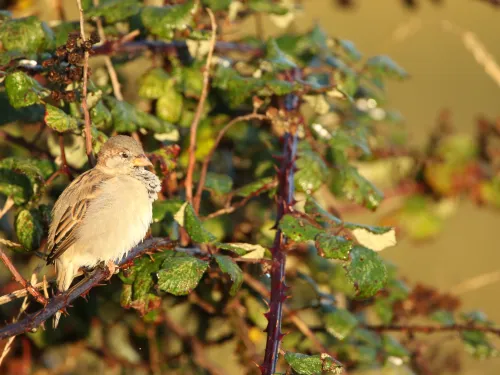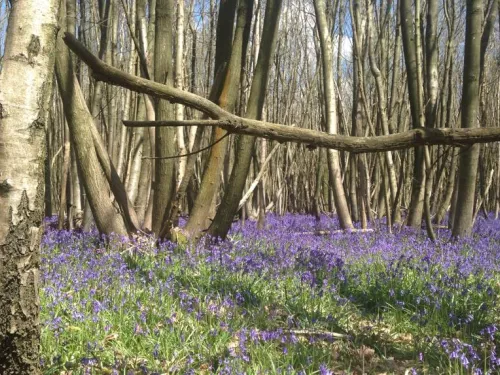The Animal Welfare Checker
As the first wild UK bison herd in thousands of years, welfare is of paramount importance to the Wilder Blean team. Don and Tom often begin their days tracking down the bison using their GPS collars or with Indiana Jones-style tactics like tracking hoofprints. Three times a week, the rangers make an assessment known as body conditioning-scoring which notes how healthy the bison are. Everything is meticulously recorded so that trends can be analysed.
With a young calf in the herd, the rangers are currently providing a supplementary feed. Don and Tom are aiming to stop supplementary feeding altogether but need to make sure that the herd get used to their new diet and their territory first. Taking them off in winter was too risky but hopefully sometime this year their diet will be 100% Blean.
The Handyman
One of the less glamorous aspects of a bison ranger’s job is maintenance and repair.
Because bison are considered a dangerous animal under the Dangerous Wild Animals Act 1976, a double barrier of two fences has been erected to separate the bison from visitors to Blean Woods. Every day, Don and Tom must check the fences (and any other on-site equipment or structures) to see if there are any areas that need to be tightened up or repaired.
Our bison rangers also work with local contractors to liaise on activities such as traditional woodland management and the digging or flattening of road surfaces. Don and Tom need to make sure they know what is happening on site at all times, not just for the safety of the bison but also for the safety of the people on site.
The Marketing and Engagement Team
People are a big part of the bison project. Don and Tom expressed a particular fondness of meeting curious walkers and answering questions about their job and the project.
Sadly, not all human interactions are so enjoyable. Don and Tom’s least favourite activity in the week is responding to anti-social behaviour or dogs off leads. More often than they would like, they have to repair damage to property, put camera traps up to try and catch criminals and explain to dog owners the importance of keeping dogs on leads near the bison enclosure. These tasks are not always easy but it’s important to find the best way to minimise impact to the bison while keeping people informed.
Tom said:




